Even though it does not match yet the Sony sensors, Canon has improved a lot its latest FF cameras; the 5Ds is miles ahead of the 5D3 in terms of shadow recovery/dynamic range.
Samples and field experience
I have spent several mornings in the field, at sunrise, to take macro photos with the 5Ds. This camera can deliver outstanding image quality, but it is really hard to use for macros: first, if you want to take advantag of the full resolution of the sensor you can not stop down to apertures smaller than f/8, so you have to work with a paper-thin depth of field. Getting the entire subject in focus is possible only with very flat subjects (e.g. butterflies) and it takes an immense amount of patience.
The second difficulty is that the 5Ds does not have tiltable LCD screen... madness! Canon has one of the best tiltable screens (the LCD of the Canon 70D can be tilted in every direction, while my Sony A5100 screen can only be tilted upwards) and the best touchscreen (the LCD of the 70D has an excellent multi-touch, as smartphone's screen, while the Sony A5100 has a very poor single-touch screen)...but no Canon FF camera benefit from this awesome technology.
Here are some samples:

Canon 5Ds, Sigma 105mm f/2.8 Macro DG OS HSM, 1/3 f/8.0, ISO 100, tripod (
download at full res).

Canon 5Ds, Sigma 105mm f/2.8 Macro DG OS HSM, 1/5 f/8.0, ISO 100, tripod (
download at full res).
After the macro photos, I have visited the small medieval village of Castell'Arquato for tests with landscape/architecture subjects. I have used the sharpest standard zoom currently available for Canon, the Canon 24-70 f/2.8 L II, that proved to be excellent in the center, but not perfect in the corners, on the 50 MP sensor. Landscape photography with the 5Ds is a lot easier than macro, but you still have to pay attention to careful focus and to the limited depth of field, since the smallest aperture that delivers the full 50 MP of detail is f/8.
Anyway, even at f/8 the depth of field is acceptable, if you don't have anything very close to the camera. I have taken a test photo at ISO 6400, too: of course noise is here, but after some noise reduction the photo is fully usable, and if you resize it to 22 MP it is on par with the Canon 5D Mark III.
Here are some samples:

Canon 5Ds, Canon EF 24-70mm f/2.8 L USM II at 70mm, 1/80 f/8.0, ISO 100, tripod (
download at full res).

Canon 5Ds, Canon EF 24-70mm f/2.8 L USM II at 24mm, 1/60 f/8.0, ISO 100, tripod (
download at full res).

Canon 5Ds, Canon EF 24-70mm f/2.8 L USM II at 24mm, 1/30 f/8.0, ISO 6400, tripod (
download at full res).
A final note about post processing: each RAW file takes from 50 to 80 megabytes, and the post-processed, 16 bit TIFF files takes...280 megabytes per photo! With just four photos you will fill up one GB of space, so you may need some extra disk for storage. Post processing speed depends by your computer, and it essentially takes twice the time needed to post process a 20/25 megapixels file.
Conclusion: who is it for?
You may think that 'big megapixel' cameras are for studio and landscape, but the aswer is not that strainghtforward. Let's begin from
Landscape: in ideal conditions the 5Ds will do wonders, but you need exceptionally sharp lenses (even the Canon 24-70 f/2.8 L II is not perfect in the corners) and you are limited to f/8, so it will be fine when you don't have anything in the close foreground, but not that great when instead you need a lot of depth of field. Honestly, for landscapes I'd get the Canon 6D, because in this field I often use apertures like f/16, where the diffraction kills much of the advantage of the 50 megapixels sensor. The Canon 6D is a lot less expensive and it has slightly better high ISO, too.
Birds, action, sport and wildlife? These photographic genres may not seem suitable for this camera, but I think that it works quite well here. The old Canon 5D Mark III has been often used in these fields (with good results), and the 5Ds has everything the 5D3 had, plus a 50 mp sensor. In these fields you will often use professional tele lens (very sharp) and you will often shoot at wide apertures, where diffraction is not a problem. With the 5Ds, you will get an immense amount of detail and the possibility to make huge crops without losing image quality so... yes, I think that it can be a good wildlife/action camera, if you compare it with the 5D3 (of course the 1DX is the king in this field, but that's another class of cameras).
What about
macro and still life? Well, sometimes you will get great results with the 5Ds, and the macro photos at 50 MP are a joy for the eyes, but... you are limited to shoot at f/8 if you want to get the best from the sensor, while macro phography often requires f/11 or f/16. Overall, if I had to choose a camera for macro photo I'd go for a much cheaper APS-C camera.
The 5Ds will give awesome results in
portrait, fashion and wedding photography. In these fields, high quality lenses combined with wide apertures (diffraction stay away!) will deliver an impressive amount of detail, with photos that rivals the image quality of medium format cameras. Again, remember that you need extremely sharp lenses if you want to squeeze out every bit of resolution from the 5Ds sensor.
For
street, photo-journalism and reportage, the result will vary depending by the light and shutter speed; you may get very good results, but you need a fast shutter speed to avoid motion blur (remember that the blur is more visible with small pixels).
The Canon 5Ds is not a reflex for every photographer and for all fields, but in the right genres and with some attention it can give and exceptional quality: more resolution than any other FF camera currently on the market, better dynamic range than other Canon cameras and the same noise of Canon 5D Mark III.
Risposte e commenti
Che cosa ne pensi di questo articolo?
Vuoi dire la tua, fare domande all'autore o semplicemente fare i complimenti per un articolo che ti ha colpito particolarmente? Per partecipare iscriviti a JuzaPhoto, è semplice e gratuito!
Non solo: iscrivendoti potrai creare una tua pagina personale, pubblicare foto, ricevere commenti, partecipare alle discussioni e sfruttare tutte le funzionalità di JuzaPhoto. Con oltre 256000 iscritti, c'è spazio per tutti, dal principiante al professionista.
| inviato il 01 Luglio 2015 ore 5:31
hmm super review....... and maybe 5DSR has better resistent for difraction.... and than why you compared 5DS with nikon d750 ist no godd comparison,,, will you compare dynamic range 5DS and nikon d810 |

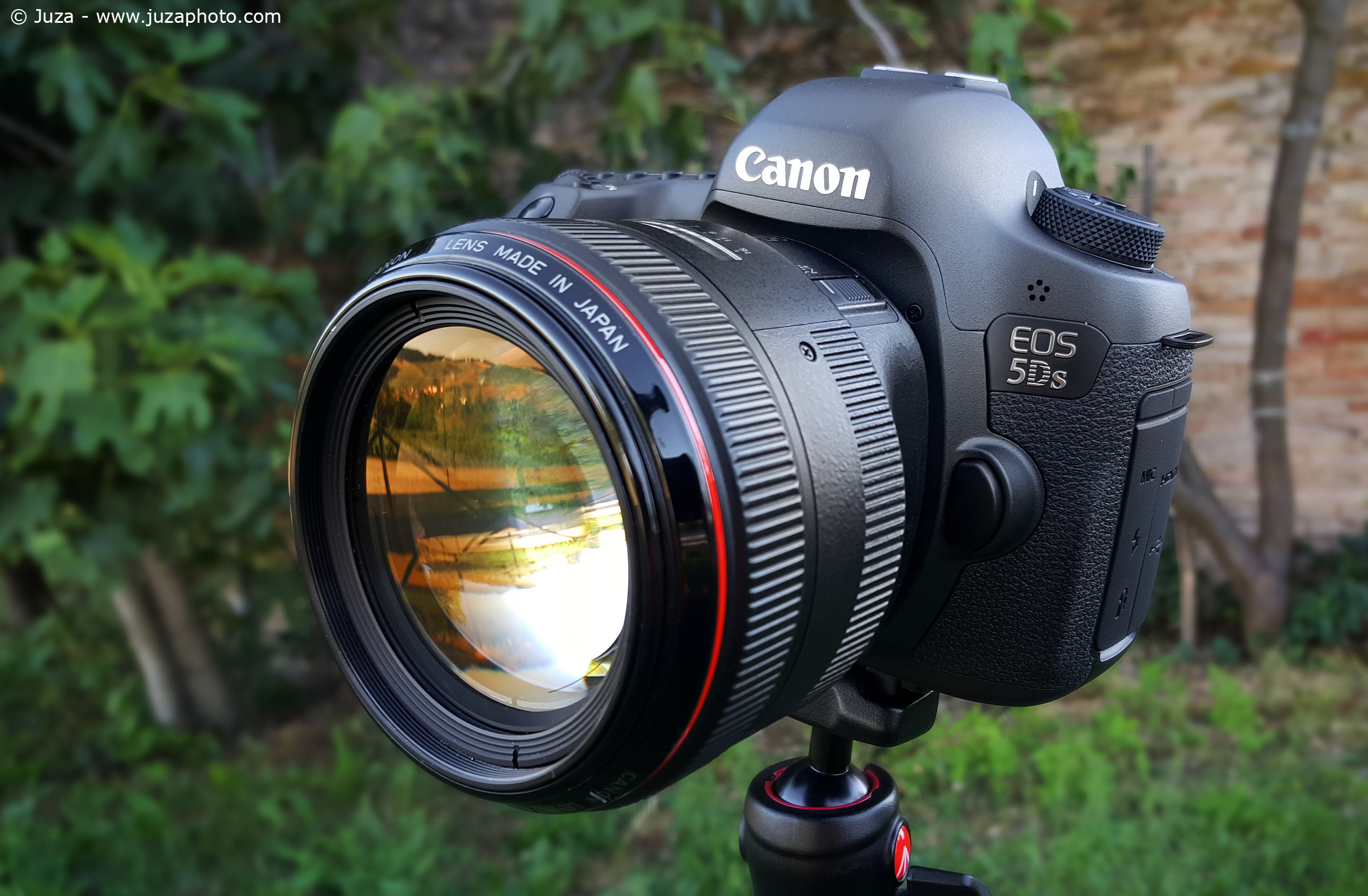
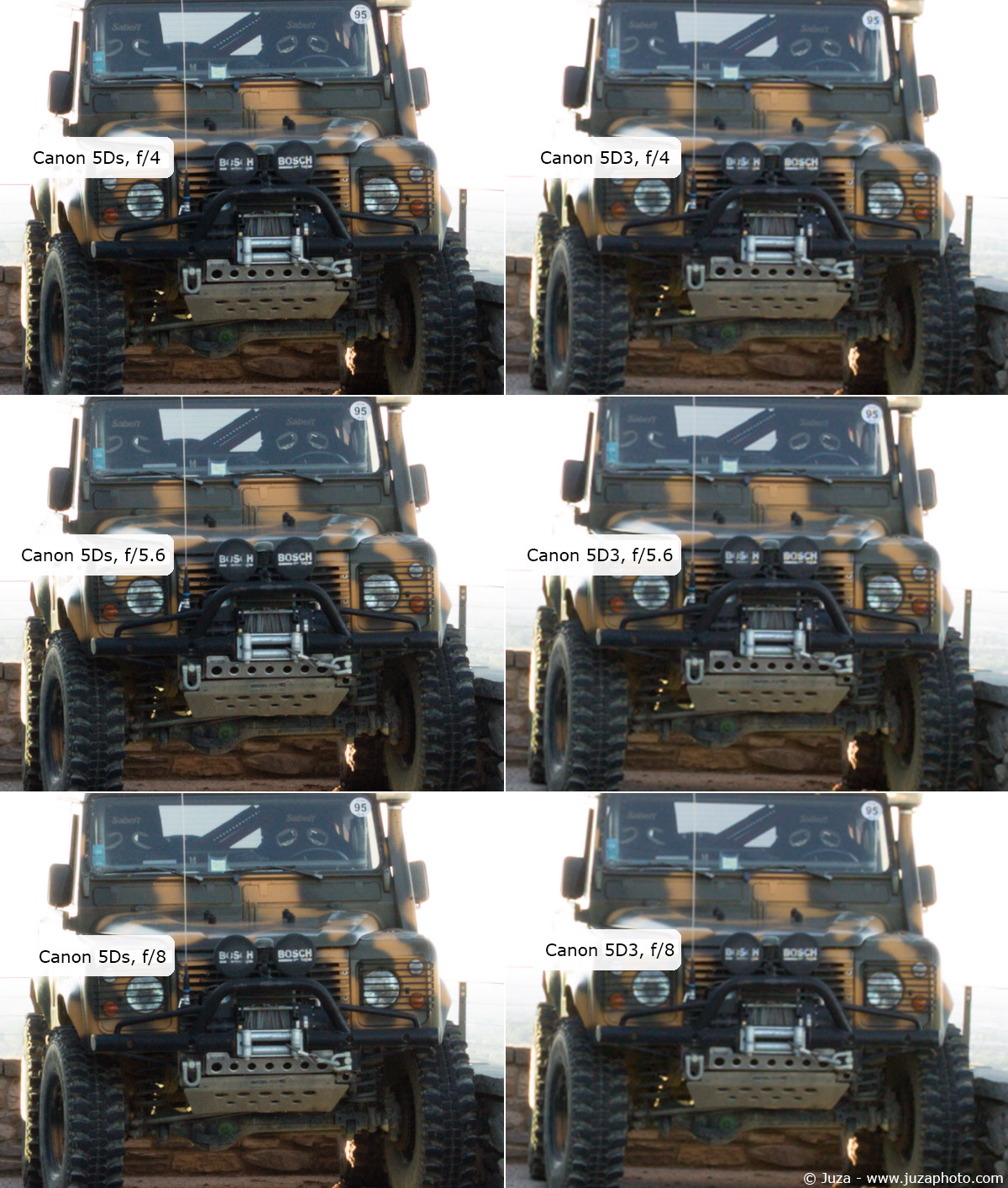
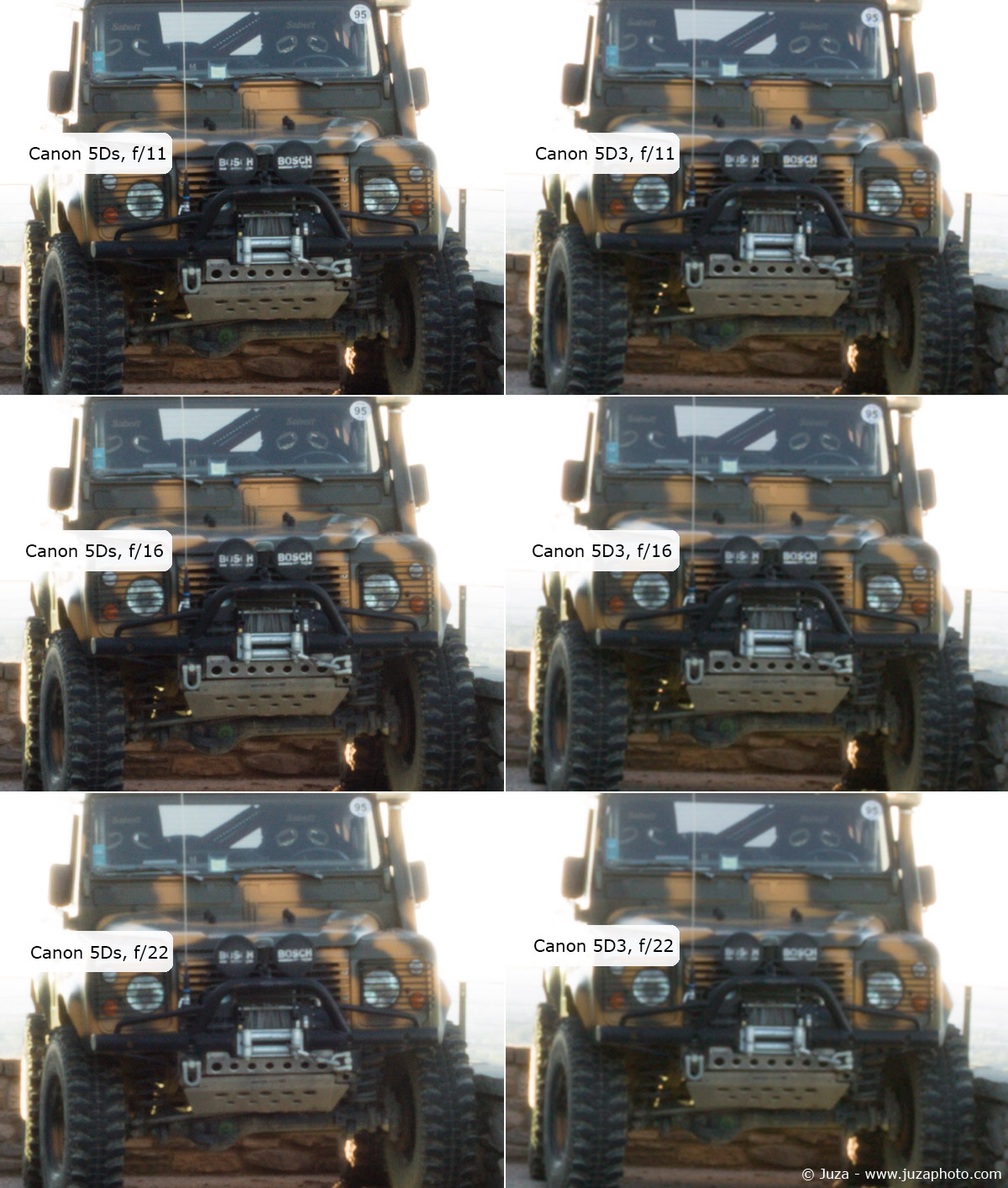
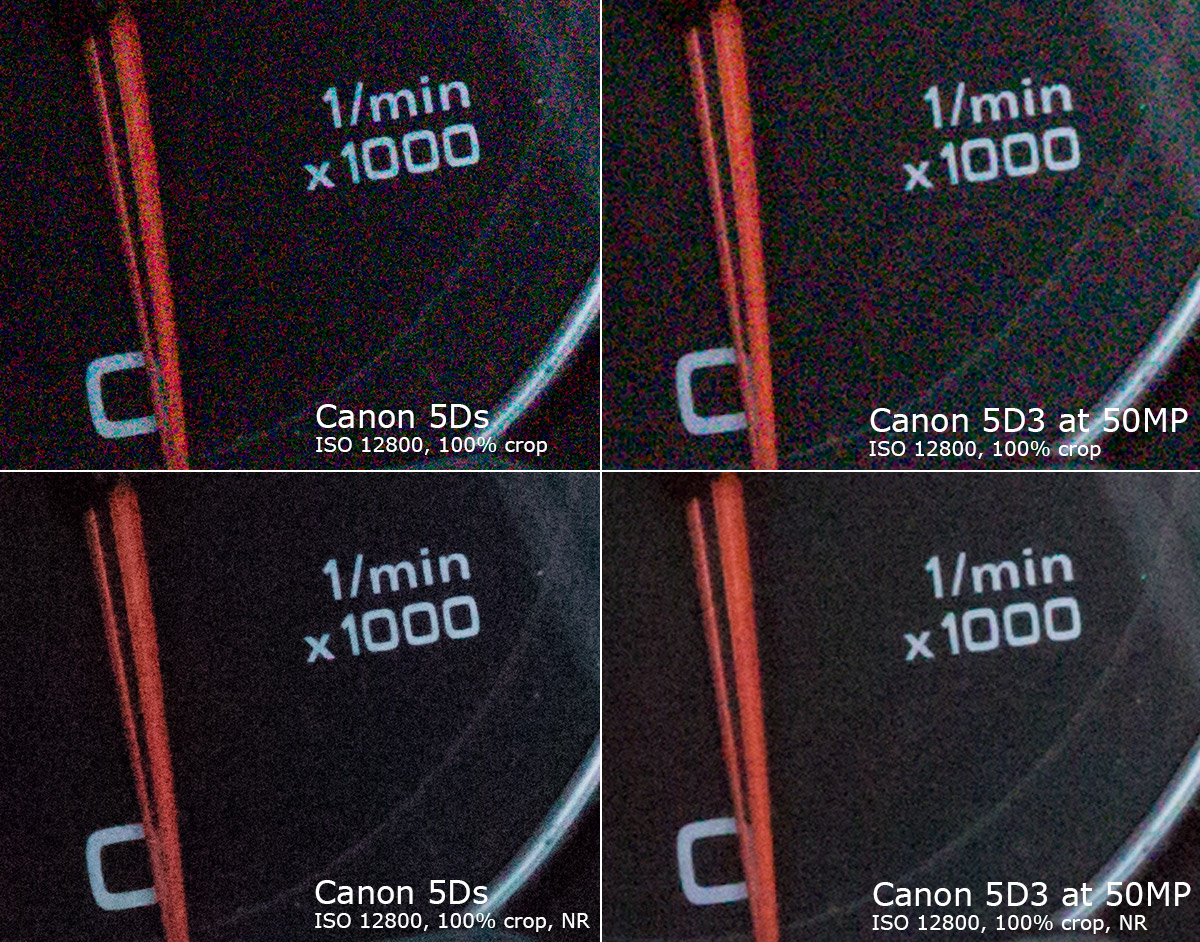
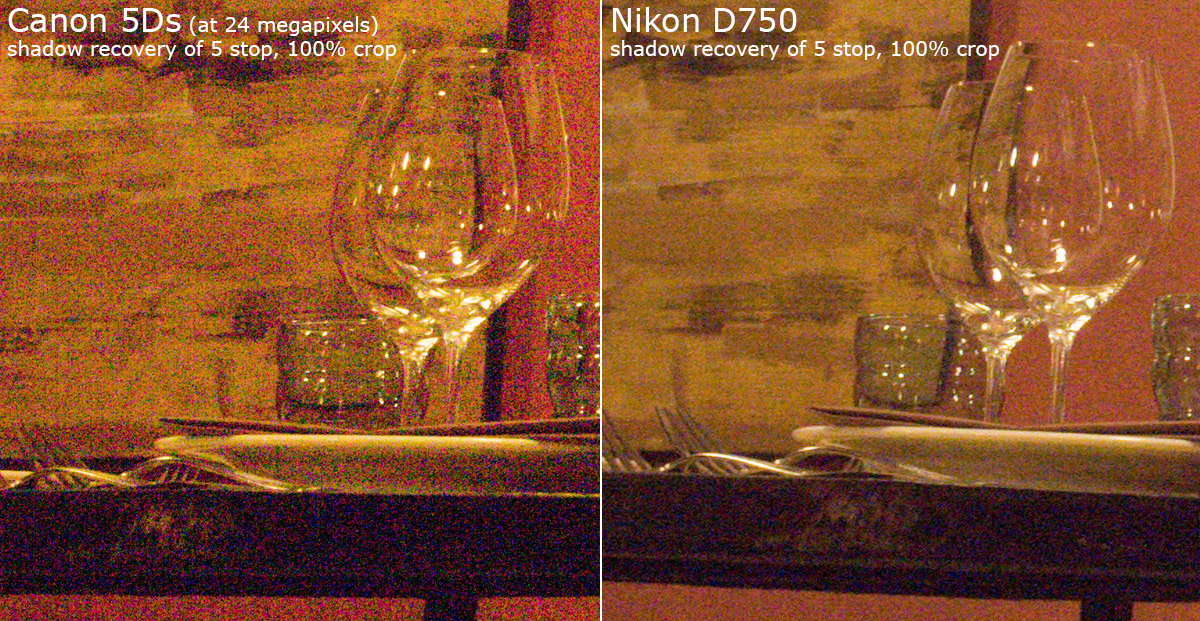
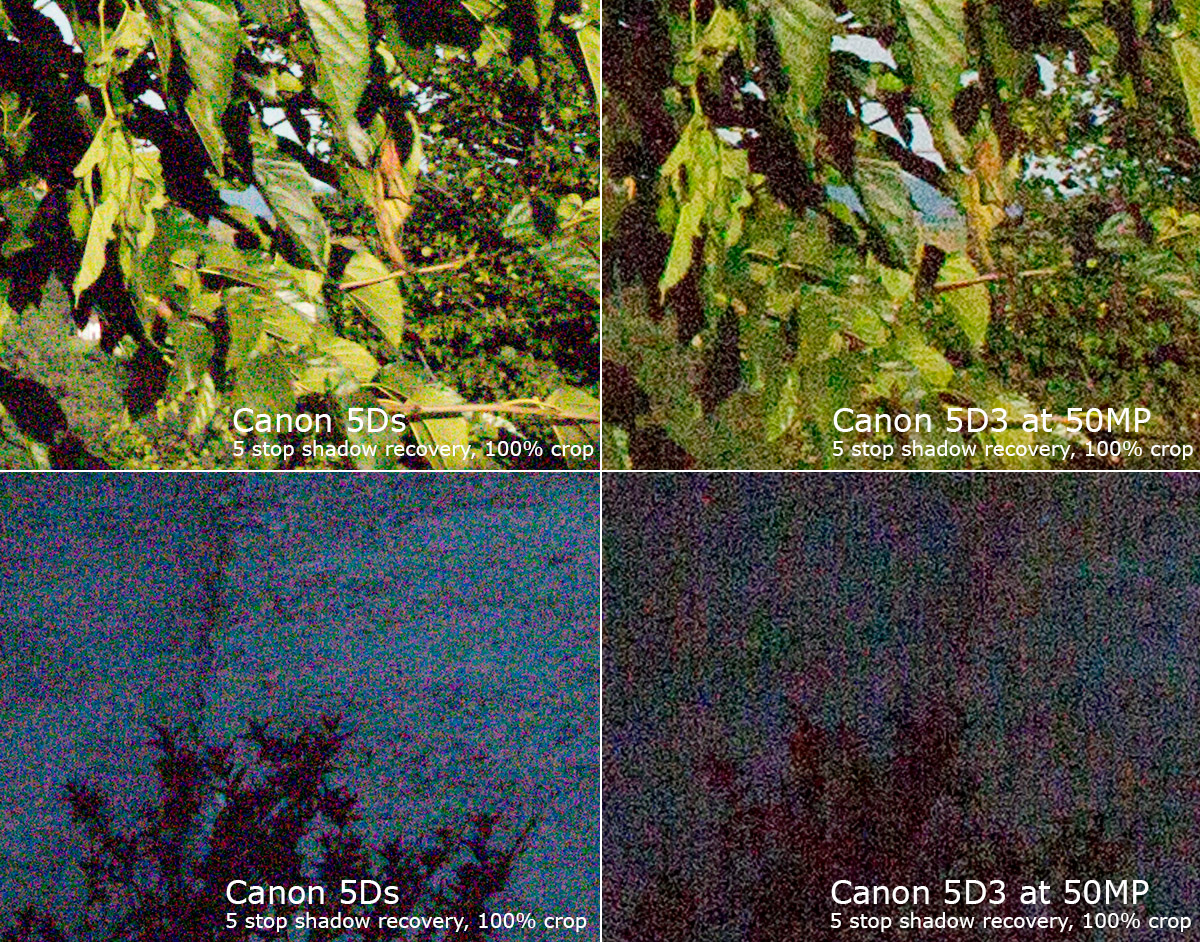
 Canon 5Ds, Sigma 105mm f/2.8 Macro DG OS HSM, 1/3 f/8.0, ISO 100, tripod (download at full res).
Canon 5Ds, Sigma 105mm f/2.8 Macro DG OS HSM, 1/3 f/8.0, ISO 100, tripod (download at full res).  Canon 5Ds, Sigma 105mm f/2.8 Macro DG OS HSM, 1/5 f/8.0, ISO 100, tripod (download at full res).
Canon 5Ds, Sigma 105mm f/2.8 Macro DG OS HSM, 1/5 f/8.0, ISO 100, tripod (download at full res).  Canon 5Ds, Canon EF 24-70mm f/2.8 L USM II at 70mm, 1/80 f/8.0, ISO 100, tripod (download at full res).
Canon 5Ds, Canon EF 24-70mm f/2.8 L USM II at 70mm, 1/80 f/8.0, ISO 100, tripod (download at full res).  Canon 5Ds, Canon EF 24-70mm f/2.8 L USM II at 24mm, 1/60 f/8.0, ISO 100, tripod (download at full res).
Canon 5Ds, Canon EF 24-70mm f/2.8 L USM II at 24mm, 1/60 f/8.0, ISO 100, tripod (download at full res).  Canon 5Ds, Canon EF 24-70mm f/2.8 L USM II at 24mm, 1/30 f/8.0, ISO 6400, tripod (download at full res).
Canon 5Ds, Canon EF 24-70mm f/2.8 L USM II at 24mm, 1/30 f/8.0, ISO 6400, tripod (download at full res).  JuzaPhoto contiene link affiliati Amazon ed Ebay e riceve una commissione in caso di acquisto attraverso link affiliati.
JuzaPhoto contiene link affiliati Amazon ed Ebay e riceve una commissione in caso di acquisto attraverso link affiliati.